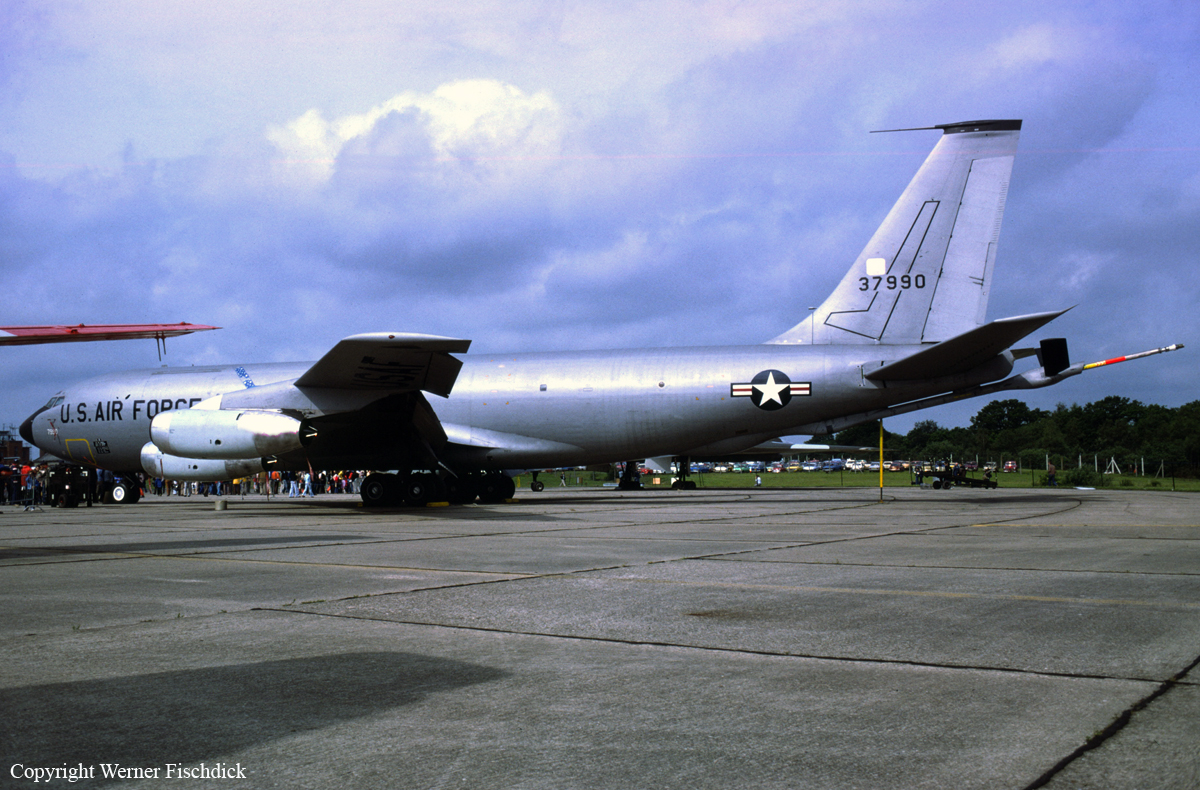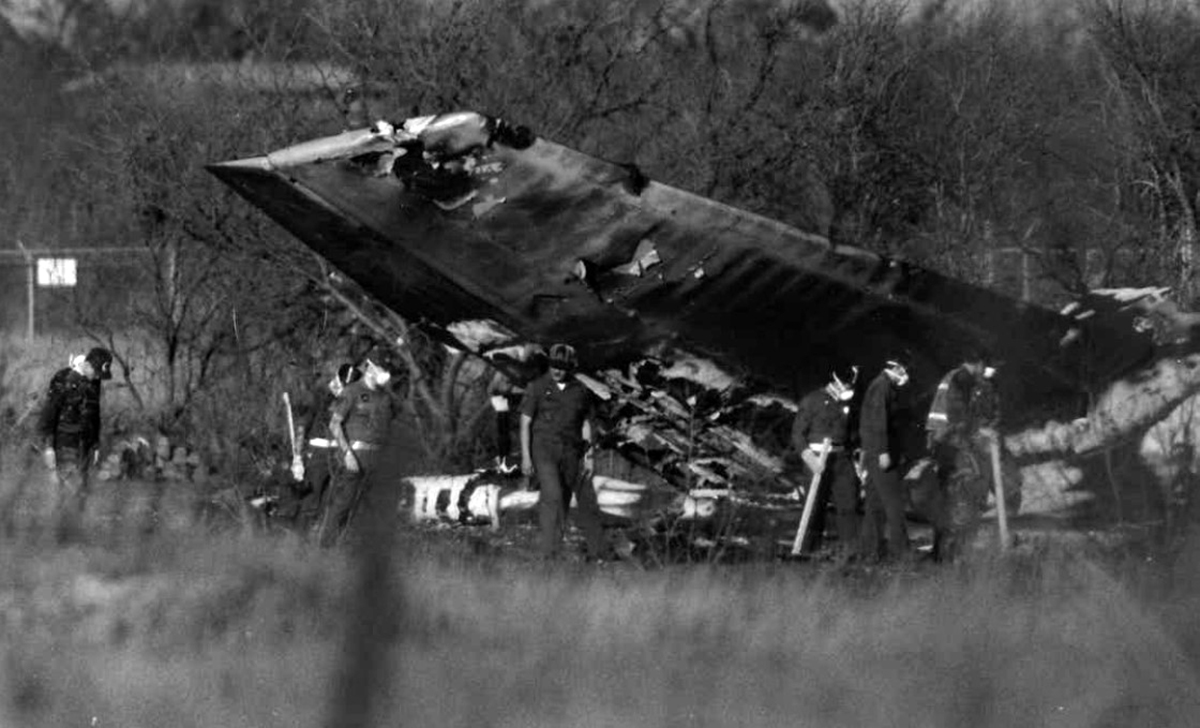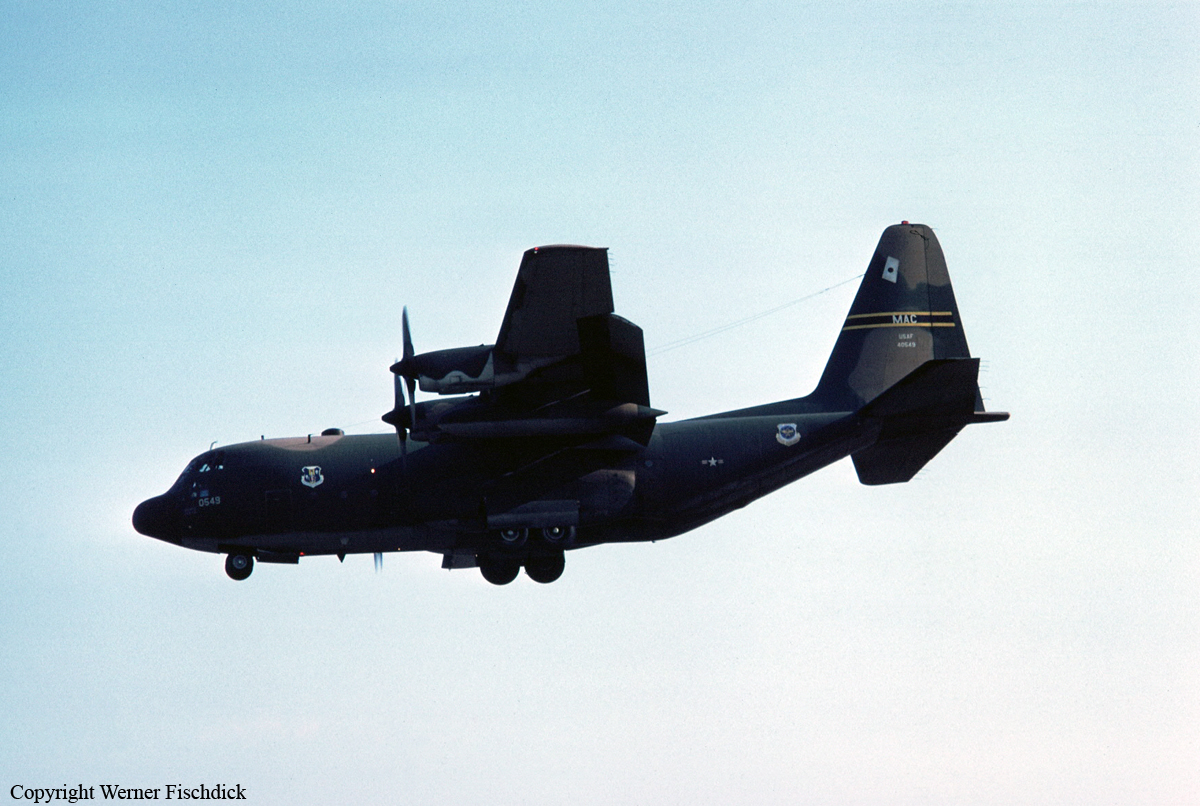Crash of a Boeing KC-135A-BN Stratotanker at Dyess AFB: 19 killed
Date & Time:
Jan 31, 1989 at 1210 LT
Registration:
63-7990
Survivors:
No
Schedule:
Dyess - Hickham
MSN:
18607
YOM:
1963
Crew on board:
7
Crew fatalities:
Pax on board:
12
Pax fatalities:
Other fatalities:
Total fatalities:
19
Circumstances:
Shortly after liftoff from runway 16 at Dyess AFB, while climbing to a height of about 60-100 feet, the aircraft banked right, causing the right wing to struck the ground. Out of control, the aircraft crashed in a huge explosion and was totally destroyed by impact forces and a post crash fire. All 19 occupants were killed, among them army officer and family members including spouses and children.
Probable cause:
It is believed that vapor was coming out from an engine, maybe due to a technical problem on the water injection system.






